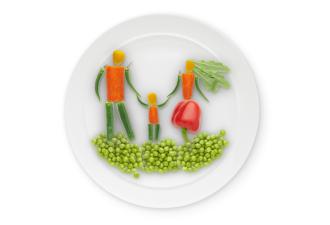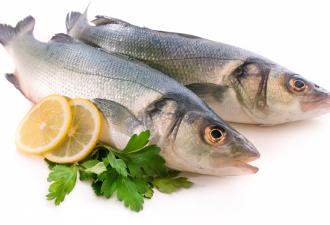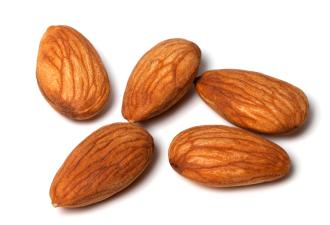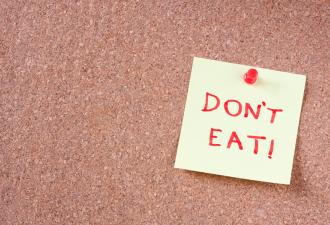
Be careful with portions – prevent obesity
The incidence of obesity in children is quite high. According to a study by the Hellenic Institute of Nutrition, 1 in 3 children is overweight and 1 in 5 is obese. The effects of increased weight in the physical and mental health of the child and, subsequently, of the adult are particularly serious.
A main cause for obesity is the size of portions, which tends to increase. A child needs to consume all foods types consumed by an adult. Variety is a prerequisite for the adequate intake of all nutrients necessary for proper growth and formation. Quantities, however, are different and significantly smaller. Many parents serve adult portions to children and feel safe only their plate is emptied.
Defining the portion for a child
The appropriate size for a child aged between 2 and 3 years is approximately half the portion of an adult. In the most recent dietary guidelines, a general guidance rule - that may not be very accurate but can indicate the approximate portion size - is that a child's portion is defined as equal in volume to the palm of the child. So, if a meal contains 1 portion of meat, 2 portions of vegetables and 1 portion of bread, they can be easily measured. For example, one slice of bread for children is about the half the slice for adults.
The foods children need
Most children aged between 2 and 3 years need an intake of 1,000-1,200 calories per day. These must be properly allocated in the day so that the child will take all macro- and micronutrients it needs.
• Cereals group: 4-3 portions per day - namely: 1-2 slices of bread for children, ½ cup of cooked rice and ½ - 1 cup of cereals. It is recommended that at least half of said foods be wholegrain cereals.
• Vegetables group: 1-1 ½ cup of raw or cooked vegetables. Allow children choose the vegetables they like. Try to cut them into shapes that may catch their attention.
• Fruits group: 1-2 fruits per day is the minimum quantity required. Moreover, apart from these, you can also offer them natural fruit juice, but no more than 150 ml.
• Dairy products group: 2 - 2 ½ cups of milk, split during the day. For specific ages only full fat milk is recommended.
• Meat and legumes group: 2 - 3 small portions daily. A portion can be covered by: 1 egg, 30 gr meat, chicken or fish or ½ cup of cooked legumes.
• Fats group: In Greece olive oil is recommended. 3 teaspoons per day is considered adequate.
What to do with snacks and desserts
Snacks for children are necessary between meals. Children stomachs are rather small and often cannot handle large meals. So, snacks serve to supplement their needs. Desserts are certainly desirable. However, make sure they are not available every day. Make healthy choices and offer small quantities.
Advice
The nutritional information and recommendations on infant-toddler diet are indicative and refer to general guidance for this age group. Time that every child can be introduced to solid foods or add more to it’s diet, must be individualized. We recommend to set advise from your pediatrician about the specific nutritional needs of your child.











